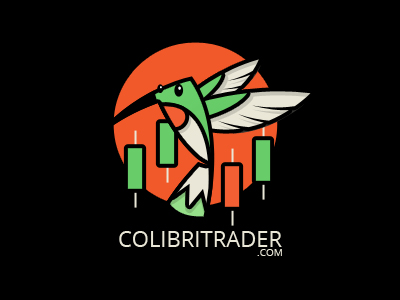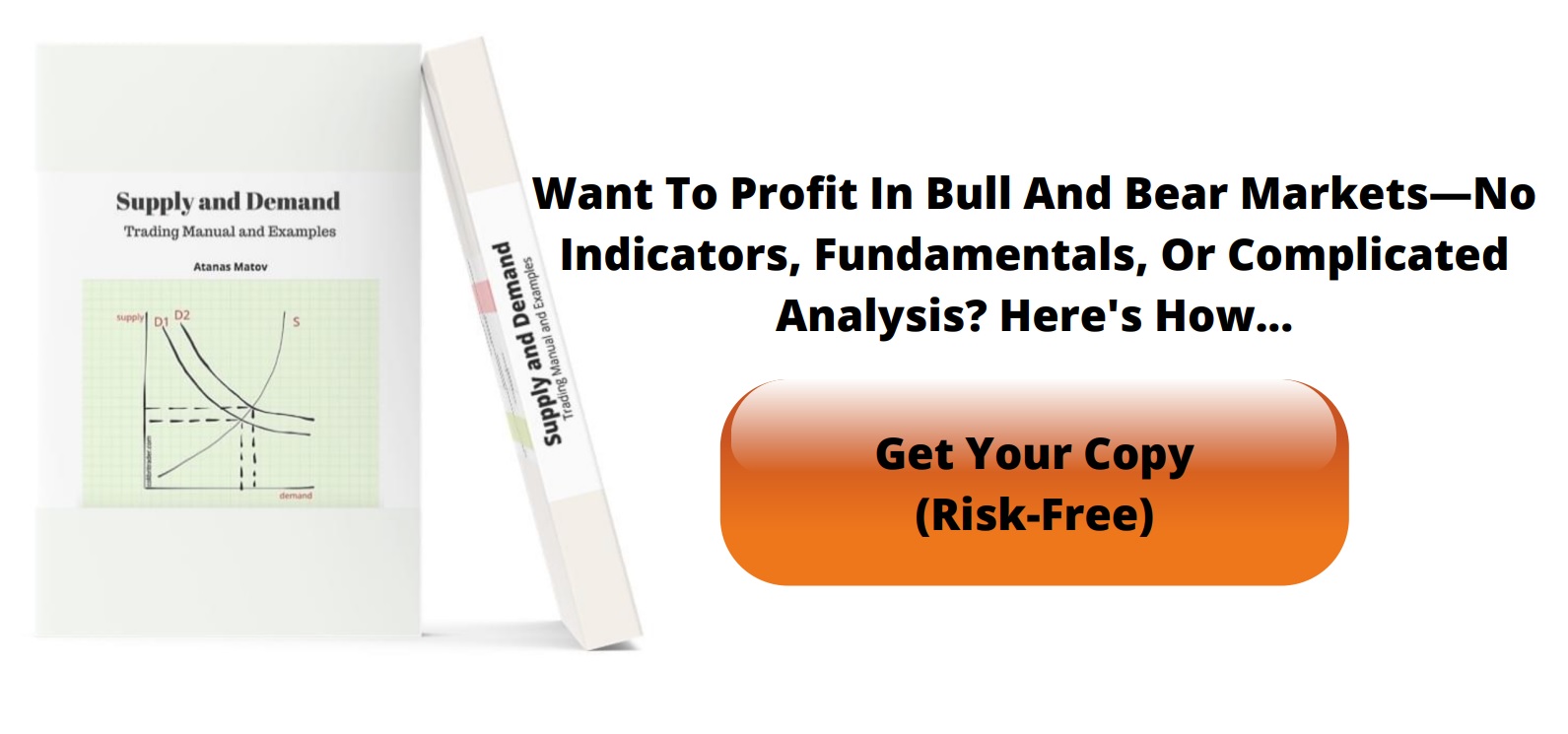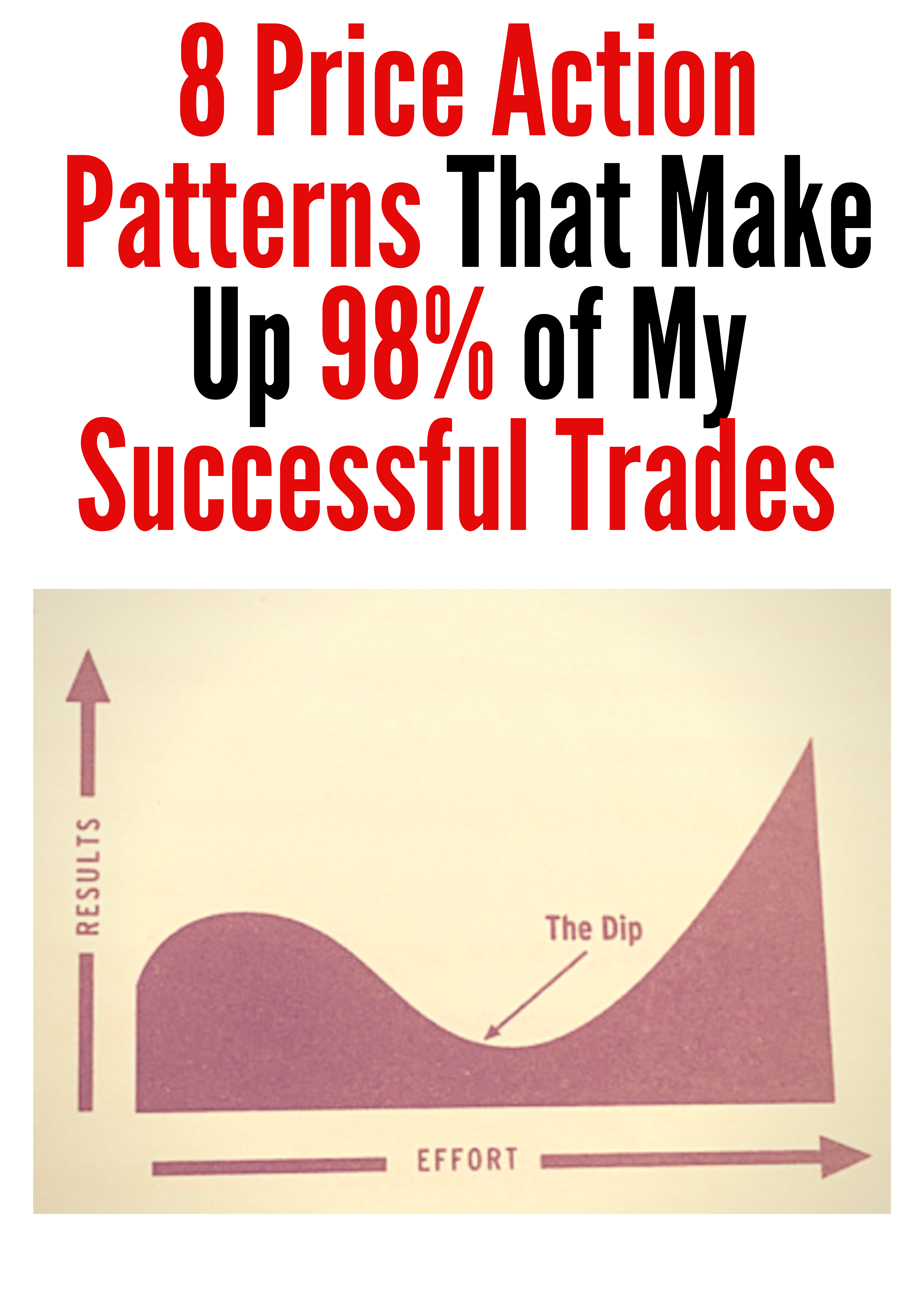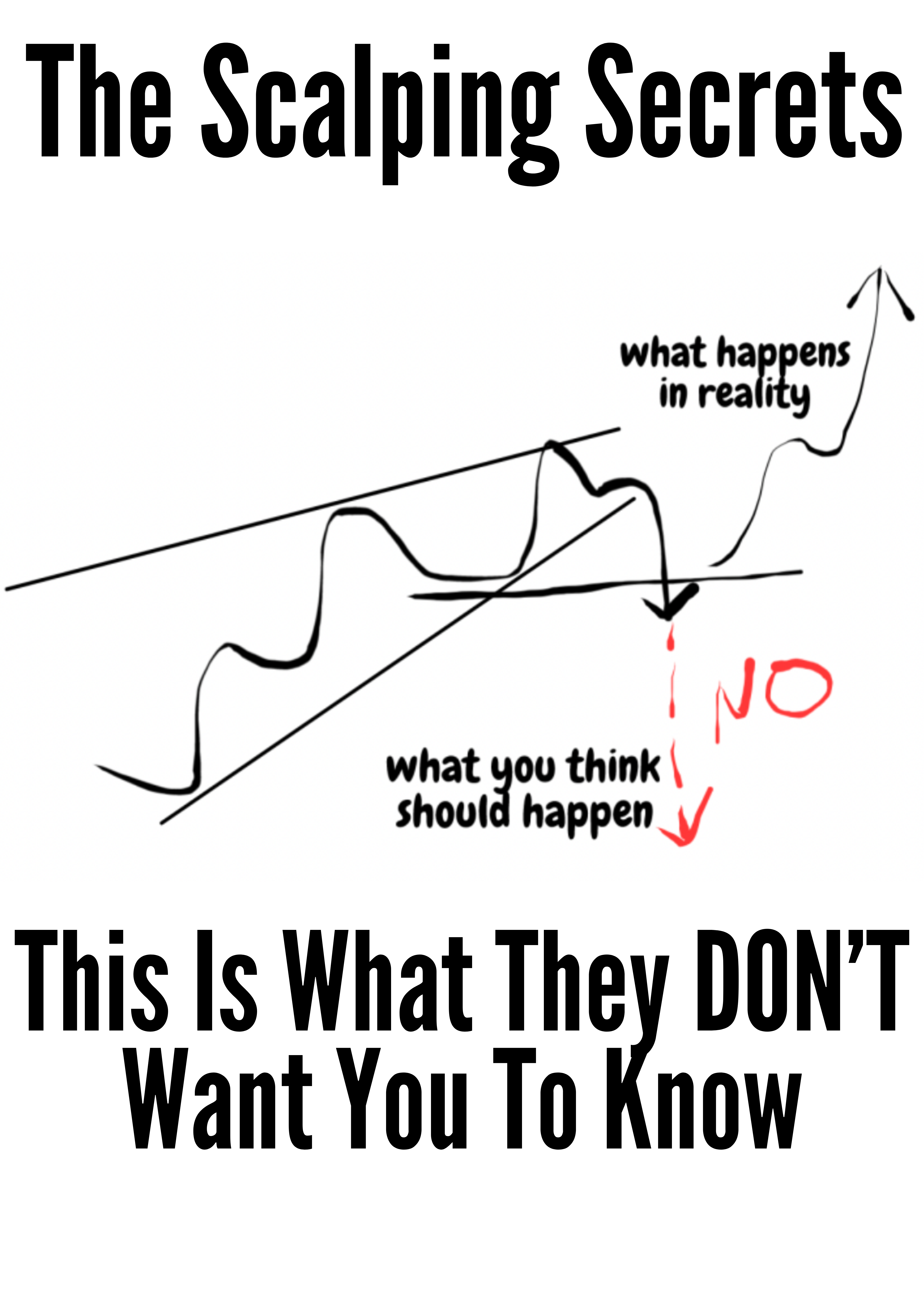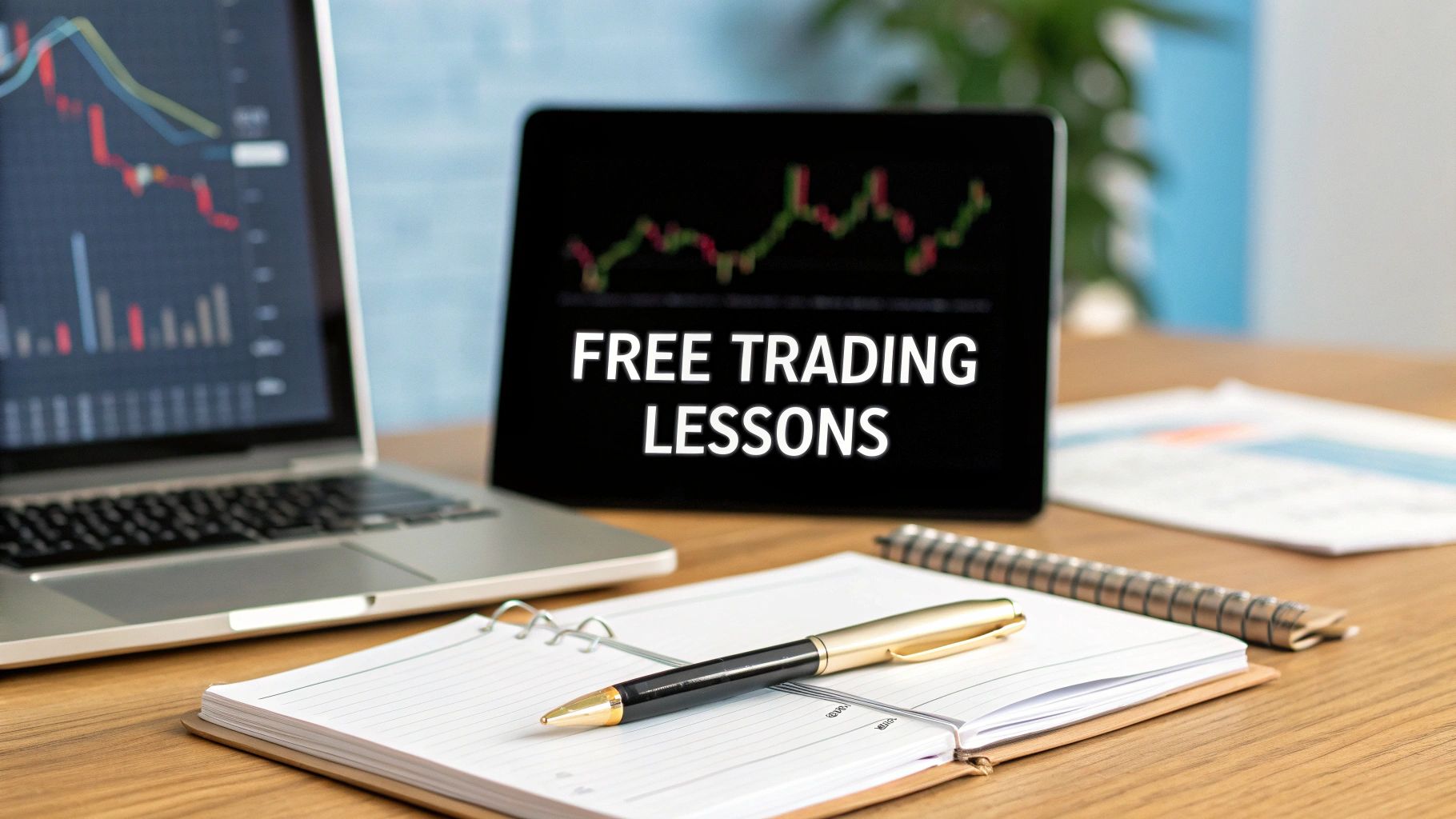Your Guide to Free Day Trading Lessons
You don't need to shell out thousands for expensive courses to build a solid day trading foundation. High-quality free day trading lessons are out there, and they’re perfect for teaching you core principles like market dynamics, technical analysis, and risk management before you put a single dollar on the line.
Navigating Your Day Trading Education
Jumping into day trading can feel like drinking from a firehose. There's so much information, and it's hard to know where to even begin. The trick is to treat your education like a serious project—piecing together reliable knowledge to build a real, comprehensive understanding of how the markets actually work.
Your goal isn't just to find free stuff; it's to find the right stuff. That means hunting down educational material that focuses on process and discipline, not flashy promises of overnight riches. A real learning journey is about more than just binge-watching videos. It's about active engagement, consistent practice, and constantly refining your approach.
Building Your Learning Framework
Your first move should be to create a personalized curriculum. Think of yourself as the dean of your own trading university. You can organize your studies around the key pillars that every single successful trader has mastered.
- Market Fundamentals: Start with the basics. Learn how markets operate, what makes prices move, and the different types of orders you'll be using.
- Technical Analysis: This is where you learn to read the story the charts are telling. Dive into candlestick patterns, support and resistance levels, and volume analysis.
- Risk Management: This part is completely non-negotiable. You absolutely have to study position sizing, how to set a stop-loss, and the critical importance of risk-to-reward ratios.
The biggest hurdle for new traders isn't a lack of information—it's the complete lack of structure. When you create your own learning plan, you turn that chaotic sea of free content into a clear, step-by-step path forward.
To get the most out of your self-directed education, it helps to think about combining different learning formats. Thinking about understanding various educational delivery models like blended e-learning can shift your mindset, helping you mix videos, articles, and interactive quizzes into a system that actually works for you. Our own detailed guide on trading for beginners is a fantastic place to start building out this structured approach.
There's no doubt that the demand for accessible trading education is exploding. The global stock trading training market is on track to hit around USD 3.92 billion by 2033, with an annual growth rate of 11%, driven by the huge influx of retail investors. This just makes it even more important to find legitimate, high-quality free day trading lessons that can cut through all the noise.
Unlocking Your Brokerage and Platform Resources
Sometimes the best learning material is hiding in plain sight—right inside your trading platform. It's a resource that most new traders completely overlook. Top-tier brokers pour a ton of money into client education, creating a goldmine of free day trading lessons. These aren't just simple FAQ pages; we're talking about comprehensive learning hubs built to help you become a smarter, more confident trader.
For example, platforms like TD Ameritrade’s thinkorswim or Interactive Brokers pack their software with extensive libraries. You can find everything from video tutorials and in-depth articles to live webinars. Instead of piecing together random information from across the web, you get a structured learning path right where you'll be placing your trades.
Bridging Theory With Practice
The real magic happens when you pair these educational resources with a paper trading account. Think of it as your personal, risk-free trading lab.
Here’s how it works in the real world. Imagine you just finished a webinar hosted by your broker on identifying support and resistance levels. Instead of risking real money, you immediately fire up your paper trading account. You can then spend the entire week applying that single concept—drawing levels on live charts and placing practice trades based on what you just learned.
This cycle of learning a concept and then immediately applying it in a simulated environment is the single most effective way to build genuine competence and confidence. It solidifies your understanding without costing you a dime.
By leaning on your broker's educational ecosystem, you create a powerful feedback loop. You learn a technique from their materials, practice it in their simulator, and then review your results. It’s a process that helps you figure out what actually clicks with your own trading personality and risk tolerance.
Of course, to start this journey, you need the right tools. Looking through a guide on the best trading platforms for beginners is a great first step to finding a broker that offers both a powerful platform and the educational support you need to grow.
Finding Credible Mentors on YouTube and Blogs
YouTube and trading blogs can be goldmines for free education. They can also be a minefield, packed with entertainers who are more interested in flexing flashy cars than teaching real strategy. Your first job is to learn how to tell the difference.
The mentors you want to follow aren't just showing you what to trade; they're teaching you how to think. They obsess over process and discipline, and they’re completely transparent about their strategy, their wins, and—most importantly—their losses.
Look for channels where risk management is a constant theme. If they aren’t drilling the importance of protecting your capital into your head in every video and article, they're doing you a massive disservice.
Vetting Your Online Mentors
Before you dive deep into someone's content library, run them through a quick credibility check. This simple filter can save you from picking up bad habits that will cost you dearly down the road.
- Process Over Profits: Do they explain the "why" behind every trade? A genuine educator will walk you through their entire thought process—the analysis, the exact entry criteria, and the management plan. They won't just show you a P/L screenshot.
- Radical Transparency: Do they openly discuss their losing trades? Real traders take losses. It’s part of the game. Showing how they handle those losses is one of the most valuable lessons you can ever get.
- Educational Depth: Is the content genuinely useful on its own, or is it just a long-winded sales pitch for a paid course? Valuable free day trading lessons should provide standalone value, no strings attached.
A huge following does not equal credibility. It's a common trap. Instead, look for depth of content and a community that’s actively discussing trading concepts, not just chasing "hot stock picks."
Let’s walk through what this looks like in practice.
Imagine you read a detailed blog post that introduces a specific chart pattern, like a bull flag. Great, now you have the theory. The next step? You hop onto YouTube and search for that exact pattern.
You find a trader who has a live-recorded session showing a bull flag forming and breaking out on a real chart. They talk you through their thought process in real-time—where they'd place their stop-loss, where their profit target is, and why. This is where the magic happens.
This multi-format approach is incredibly powerful. You get the theory from one place and see the live application from another, cementing that knowledge in your brain without spending a single dollar.
The Unfiltered Truth About Trading Success
Soaking up knowledge from free day trading lessons is a fantastic starting point. But the tools you collect are only as good as your understanding of the battlefield. The market is a world of probabilities, not certainties. Getting that concept through your head is what separates disciplined traders from gamblers.
So many new traders are chasing a near-perfect win rate. They have this idea that they need to be right on almost every single trade to make money. It's a total myth, and it’s a fast track to burnout and a blown-up account.
The reality? A solid trading strategy with a modest 50-60% win rate can be incredibly profitable. The secret isn't in being right all the time; it’s about making sure your winning trades are bigger than your losing ones.
Understanding the Odds
Let’s be brutally honest: making it as a day trader is statistically rare. That’s precisely why a structured education and unwavering discipline are non-negotiable. The numbers paint a sobering picture, but it’s one you need to see if you're serious.
- Data shows that only about 4% of individuals actually manage to make a living solely from day trading.
- Another 10% to 15% might earn some money, but not enough to quit their day job.
- Research also reveals that the average win rate for intraday strategies hovers around 47%.
You can read more on these day trading statistics yourself to really get a feel for the challenges ahead.
This isn't meant to scare you off. It’s meant to ground you in reality. Understanding the odds is the first step toward beating them. Most failures don't come from bad strategies; they come from emotional decisions and a complete lack of risk management—pitfalls you can absolutely learn to avoid.
Your education is your defense against these common failure points. When you master risk-to-reward ratios and build a trading plan you can stick to, you start to shift the probabilities in your favor. A profitable trader can be wrong nearly half the time and still come out ahead, as long as they cut their losses like a machine.
Putting It All Together: Your Personal Trading Plan
All the knowledge you've gathered from these free day trading lessons is just theory until you put it to work. The only way to do that is by building a concrete, personalized trading plan. This isn't just a helpful document; it's the rulebook that governs every single move you make in the market. It's what will save you from making emotional, costly mistakes down the line.
Think of it as the constitution for your entire trading business. It's where you take abstract ideas and turn them into a strict, actionable roadmap. For example, if you learned a moving average crossover strategy in a webinar, your plan will define the exact criteria for entering that trade—no gray areas, no exceptions. This document is what separates disciplined traders from gamblers.
The infographic below shows how the pieces fit together, moving from learning to doing.
This simple loop—finding a platform, practicing with a demo account, and reviewing what worked (and what didn't)—is the core process for turning what you've learned into a real skill.
Core Components of Your Plan
Your trading plan needs to be incredibly specific, leaving no room for guesswork when you're under pressure. Start by outlining these key sections:
- Trading Style: What kind of trader are you? Define whether you're scalping for tiny profits, day trading within a single session, or swing trading over several days.
- Entry and Exit Rules: Get precise. What specific conditions must be met before you enter a trade? What tells you it's time to take profits or, just as importantly, cut your losses?
- Risk Management: This is the most critical part of your plan, period. Specify your maximum risk per trade (a common rule is 1% of your account), how you'll calculate position size, and your hard stop for maximum daily loss.
A well-defined trading plan is your best defense against emotional trading. When the market is moving fast and fear or greed kicks in, your plan is the objective voice of reason that keeps you on track.
Successful day trading is all about making swift, informed choices. As you build out your plan, it’s helpful to study different decision-making frameworks to sharpen your strategic thinking.
To get you started, our downloadable trading plan template gives you a professional-grade structure to organize your rules and build a solid foundation from day one.
Frequently Asked Questions About Day Trading Education
When you first dive into day trading, it feels like there’s a mountain of information to climb, and it's totally normal to have questions. Let's tackle some of the most common ones I hear from aspiring traders who are trying to make sense of all the free educational resources out there.
Getting these points straight from the start will help you build a much smarter, more effective learning plan right out of the gate.
Can I Succeed with Only Free Day Trading Lessons?
Yes, you absolutely can build a successful trading career using only free resources, but it takes an incredible amount of discipline. Make no mistake, everything you need is out there—top brokers, experienced traders on YouTube, and solid educational sites offer a goldmine of information on technical analysis, strategy, and risk management.
The real challenge falls on you. You have to be the one to stitch it all together into a structured learning path and, just as importantly, learn to filter out the endless noise. While a paid course offers a convenient, pre-packaged roadmap, a truly motivated trader can get to the same destination by piecing together the wealth of high-quality free content that's available.
What Are the Biggest Red Flags in Free Content?
This one is crucial. Be extremely wary of anyone promising "guaranteed profits," flashing a fancy lifestyle as their only credential, or pushing some kind of ‘secret’ foolproof system. Legitimate educators talk about risk management constantly. They're open about their losses, not just their wins, because they want to teach you a repeatable process, not just hand you hot stock tips.
The moment you feel pressured or see promises of unrealistic returns, it’s a sign to walk away. Quality free content empowers you with knowledge; it doesn't create a sense of urgency to buy something.
High-pressure sales tactics designed to upsell you into a pricey course are another massive red flag. Real education should feel like a process of discovery, not a sales pitch.
What Is the Most Important Topic to Learn First?
Without a shadow of a doubt, the single most critical topic is risk management. You could have the most brilliant trading strategy in the world, but without mastering risk, a handful of bad trades can wipe you out and end your career before it even starts.
Hunt down free lessons that cover these fundamentals:
- Position Sizing: Learn the 1% rule. This means you never, ever risk more than 1% of your total trading account on a single trade.
- Stop-Loss Orders: You must master how to set a proper stop-loss. This defines your maximum risk on any given trade before you even click the buy button.
- Risk-to-Reward Ratios: Get a feel for why you should only take trades where the potential profit is significantly larger than your potential loss (e.g., 2:1 or 3:1).
Your number one job as a trader isn't making money; it's preserving your capital. Profitability only becomes possible once you know how to protect what you have.
How Do I Structure My Learning?
To avoid getting lost, create a simple curriculum for yourself. This will stop you from bouncing between random YouTube videos and help you build a solid foundation of knowledge, one logical step at a time.
I'd suggest this order: Start with the absolute basics like market structure, what candlesticks mean, and how to draw support and resistance lines. From there, move to core indicators like moving averages and volume. Next, dedicate a serious amount of time only to the risk management principles we just talked about. Only then should you start studying specific trading strategies.
Keep a journal to track what you're learning. For every new concept, try to find at least two different reputable sources that explain it. This not only gives your learning structure but also helps you see the core truths that all successful traders live by. This systematic approach is the key to finding the best free day trading lessons and making them actually work for you.
Ready to build a real trading skillset without the fluff? At Colibri Trader, we provide a clear, price-action based approach to help you succeed. Start with our free Trading Potential Quiz to see where you stand. https://www.colibritrader.com
